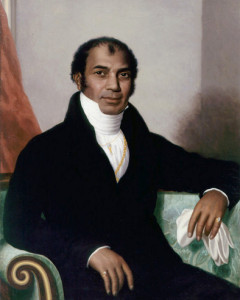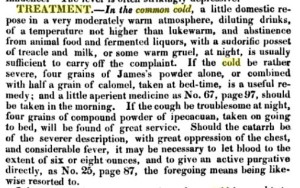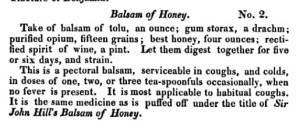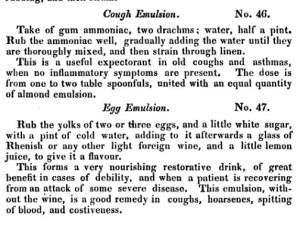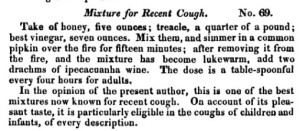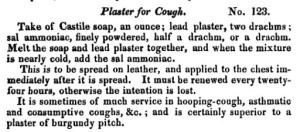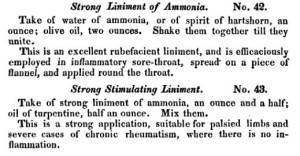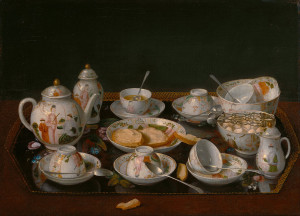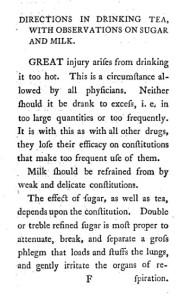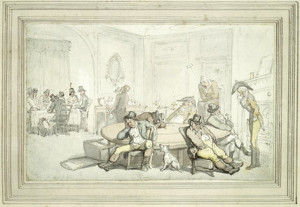Let’s admit I had a plan for this weeks post that had NOTHING to do with soup, portable or otherwise … I’ve been tinkering with the Georgian Map of London and was reviewing my copy of T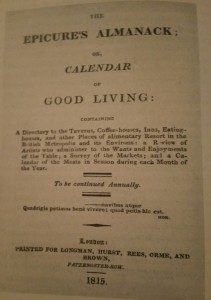 he Epicure’s Almanack (the 1815 Zagat’s of London) looking for locations when I noticed that soup was a very popular item among the listings. It’s noted again and again at chophouses, taverns, inns, even coffee houses that “good soup is always available”. Ok, I thought. Well, it was the tail-end of a mini ice age, and as such soup was probably pretty welcome most of the time (and it’s one of the cheaper items to offer at a restaurant so it makes perfect sense that lots of places always had a spot over the fire).
he Epicure’s Almanack (the 1815 Zagat’s of London) looking for locations when I noticed that soup was a very popular item among the listings. It’s noted again and again at chophouses, taverns, inns, even coffee houses that “good soup is always available”. Ok, I thought. Well, it was the tail-end of a mini ice age, and as such soup was probably pretty welcome most of the time (and it’s one of the cheaper items to offer at a restaurant so it makes perfect sense that lots of places always had a spot over the fire).
Then I started to see “portable soup” on offer occasionally. Intrigued, I fell down the research hole. I was trying to picture some kind of “pastie” filled with soup. A Cup O’Noodles, Regency-style. Maybe even a bread bowl (we know day old bread has long been used as a “trencher” by the poor). So I start searching for “portable soup” and lo and behold it’s basically period boullion!
There’s a great write up on the Lobscouse and Spoted Dog page (another food book  I adore, in which two intrepid cooks attempt to recreate all the food from Patrick O’Brian’s Aubrey/Maturin novels). It seems like a lot of work, but as we all know, labor was cheap during our period of fascination, it was everything else that was expensive. And a method of capturing every last drop of goodness in the kitchen offal was going to be widely popular (I totally make stock from the striped carcases of rotisserie chickens and all the odd bits of veg that I toss in the freezer for this exact purpose).
I adore, in which two intrepid cooks attempt to recreate all the food from Patrick O’Brian’s Aubrey/Maturin novels). It seems like a lot of work, but as we all know, labor was cheap during our period of fascination, it was everything else that was expensive. And a method of capturing every last drop of goodness in the kitchen offal was going to be widely popular (I totally make stock from the striped carcases of rotisserie chickens and all the odd bits of veg that I toss in the freezer for this exact purpose).
So back to portable soup …
So basically, it’s the ultimate take away. You likely don’t have a real kitchen in your London lodging, which even if it’s in The Albany is a suite of rooms. But you likely have a fireplace and a pot. And now, with a store of portable soup, you have a base for making a stew or hearty soup, or a restorative broth at the very least (see the currant hipster fad for “bone broth).
This is totally something I can see the valets of my younger sons having on hand for when their master has a cold (or when they have a cold), or when someone needs sobering up.

